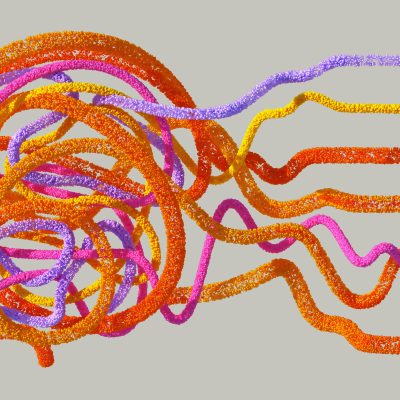Fighting your brain: Combating implicit bias
When you think of a doctor, what do you think of? A man, right?
Currently, I’m a junior in high school, so like a lot of my peers I’m looking into colleges, but I’m also a person of color, so the first thing I looked for was how diverse the colleges were. Due to things I’ve seen in media, and experienced firsthand, if a school is made up of mostly white people my mind will associate them with fear. This is my own implicit bias. In reality, I haven’t even met anyone at the college. How do I know if they’ll have negative emotions towards me? Truth is I don’t, and putting people in a group isn’t good regardless of race. Making assumptions like this may seem logical at first but in reality, it can cause you to miss out on lots of opportunities and cause you to never get those negative associations out of your head. Only leading to further unfairness.
Me and my friend took a test called the Sexuality Implicit Association Test, created by Harvard University that asks you a series of questions about your associations with characteristics and behaviors with groups of people. According to the test, I got a “Slight automatic preference for gay people compared to straight people” while my friend got a “Strong automatic preference for straight people compared to gay people.” Even though we both are on opposite sides of the LGBTQ+ spectrum we have our own personal implicit biases about different communities of people.
Implicit bias, also known as unconscious bias, are negative attitudes or prejudices that we have against certain groups of people, according to their race, gender, sexuality, religion, weight, etc. These biases contribute to the ongoing inequalities and discrimination in society.
One community that is affected by implicit biases is the LGBTQ+ community. While it might be harder to spot than a comment about someone’s race or gender, it’s important to be aware of how prevalent it is. Oftentimes people believe that LGBTQ+ people cannot be queer and religious, or that all lesbians hate men. According to Covenant House, LGBTQ+ people are more likely to experience experience things like depression, anxiety, homelessness, and make suicidal attempts. More specifically, LGBTQ+ people are likely to experience conflicts with their families due to their sexual orientation, leaving them vulnerable to homelessness, being physically and sexually assaulted, and facing discrimination. In addition to things like experiencing homelessness, “Forty-eight percent of transgender adults report that they have considered suicide in the last year, compared to 4 percent of the overall US population” and “In mental health care, stigma, lack of cultural sensitivity, and unconscious and conscious reluctance to address sexuality may hamper the effectiveness of care.” These were some facts from Mental Health America. When facing an identity crisis, bottling up emotions can deepen feelings of loneliness, anxiety, and depression, especially when stressed about opening up to family, friends, colleagues, etc. While these issues can be caused by outside factors, it’s important to know that implicit biases can add on to these negative effects. Even though it won’t be easy to address your implicit biases, always try to keep your biases in check because you never know what someone is going through.
According to Think Cultural Health, here are three ways you can combat your own implicit biases: stereotype replacement, individuating, and mindfulness. Stereotype replacement is becoming aware of negative stereotypes that you have about people, and replacing them with non-stereotypical perspectives. For example: one common stereotype is that ballet is strictly for women. Instead, you should think of ballet as an inclusive activity for everyone to participate in. Individuating is instead of putting people in boxes before you get to know them, letting them show you who they are outside of the box that you put them in. For example, rather than assuming all people with disabilities are incapable and helpless, you should keep an open mind and let them show you how capable they are. Mindfulness is staying aware to recognize a stereotypic thought so it doesn’t influence your actions. For example, instead of disregarding a less diverse college in fear of racism, you can put your fear aside and give it a chance.
Although you won’t be able to master these three techniques overnight, exercising them will help combat your own implicit biases the next time you encounter one.
There is a reason why these biases are called implicit biases. It means that they are subconscious which means that you need to train your brain to reverse them. A common theme in society is boxing and comparing people from different groups/backgrounds. While this can be a good thing to build community and culture, forcing people to adhere to those molds of who they should be is extremely harmful to their mental health and sometimes physical well-being. While treating your implicit biases is a first step, the root cause is much bigger than one individual, and in order to treat the individual effects of implicit bias, society as a whole must learn to judge less so that individuals can feel comfortable in their own skin.









